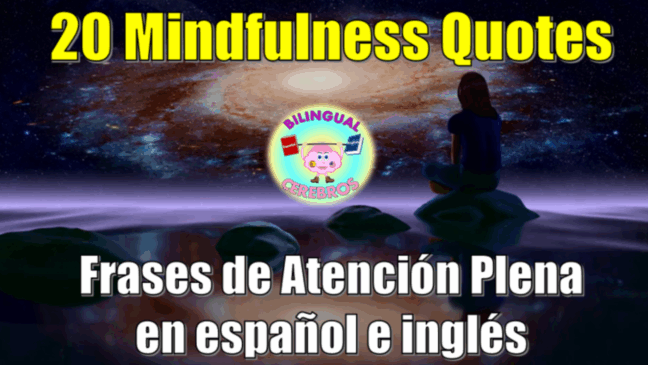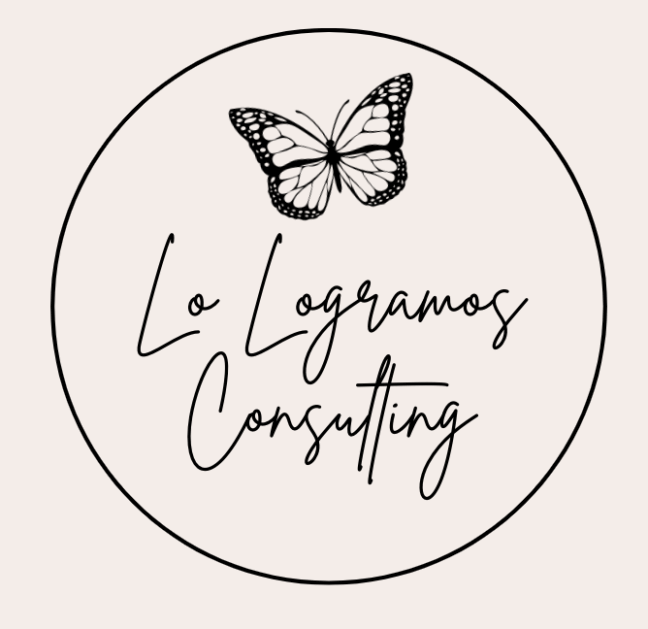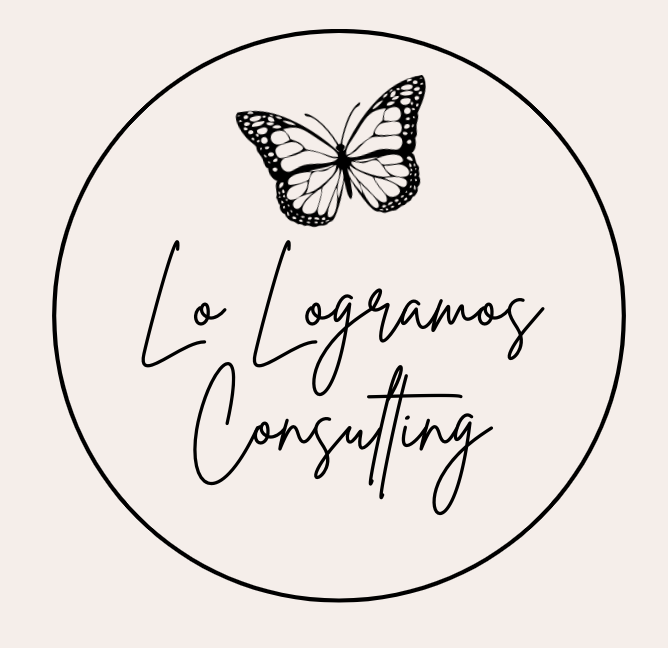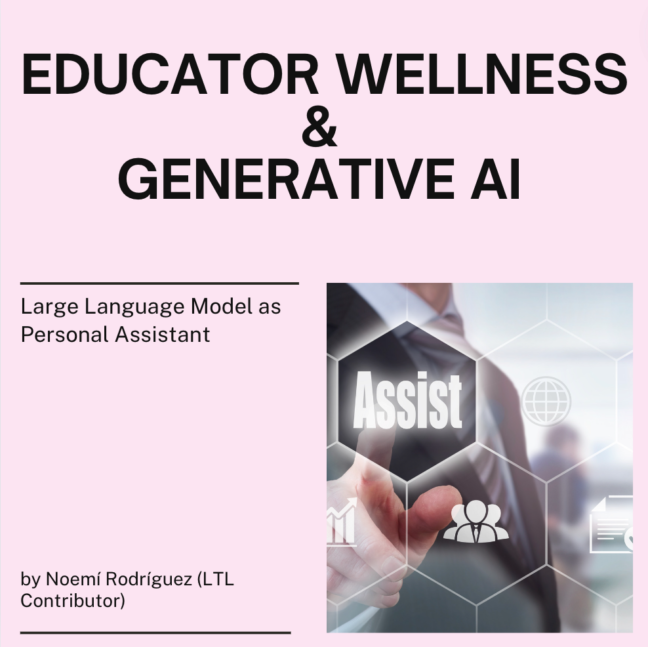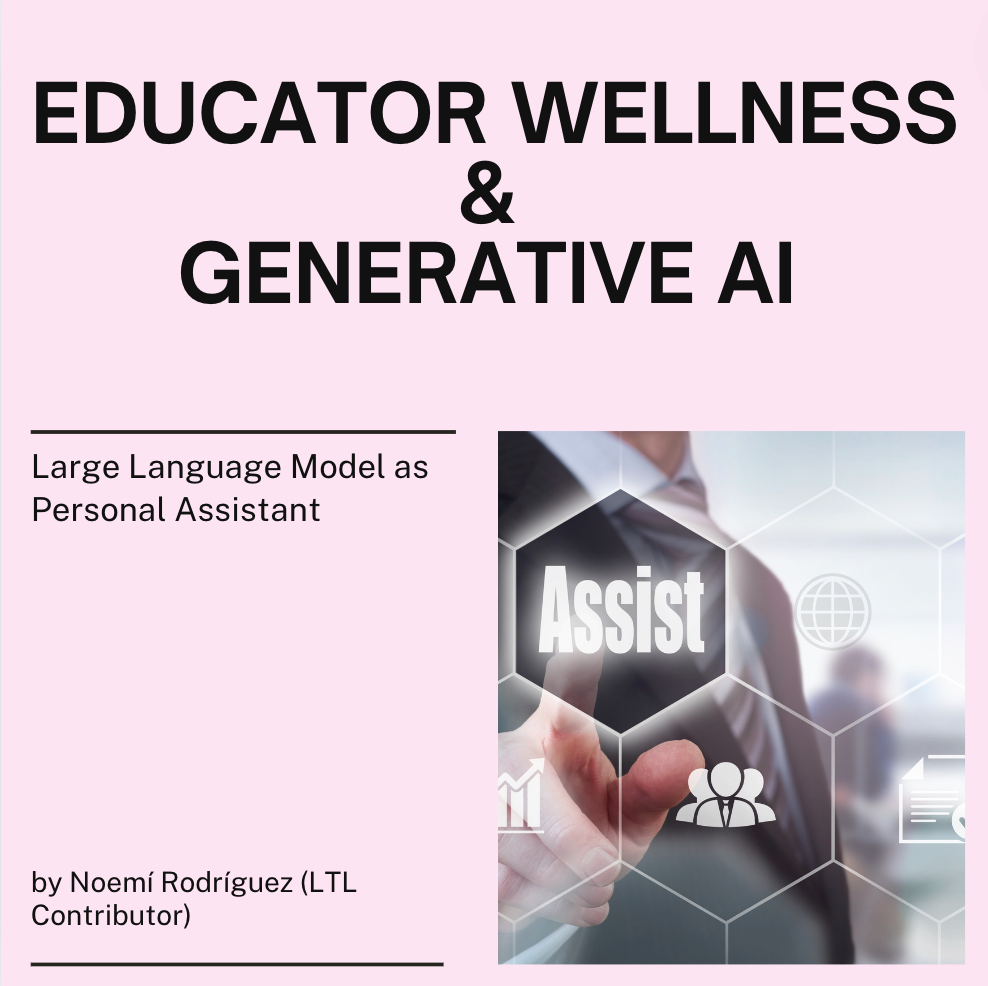by Maria Martinez (LTL Contributor)W
When we think about language lessons, we often focus on vocabulary lists and grammar drills _ but what if we also made room for stillness and presence? Mindfulness is a simple yet powerful way to transform the language learning experience for students, teachers, and families.
Students become more focused, less anxious, and more confident when they practice mindfulness. As teachers, we gain patience and emotional clarity, helping them create more supportive learning environments. And families? They benefit too _ mindful children often bring home tools that support calmer, more meaningful communication.
It doesn’t take much: a breathing exercise, a moment of reflection, or a few quiet minutes to reset. But the benefits can ripple far beyond the classroom, enriching not only how we learn, but how we connect.
To support students, teachers, and families, I have created a bank of Mindfulness resources in my channel. In the playlists you can find currently 32 videos that you can use in your lessons or at any time of the day. I will continue uploading new content to that section soon The most recent additions include bilingual mindfulness quotes and bilingual quotes from Rumi. If you would like to receive the PowerPoint versions to use in your lessons, you can email me at bilingualcerebros@gmail.com and I will be happy to share them with you.
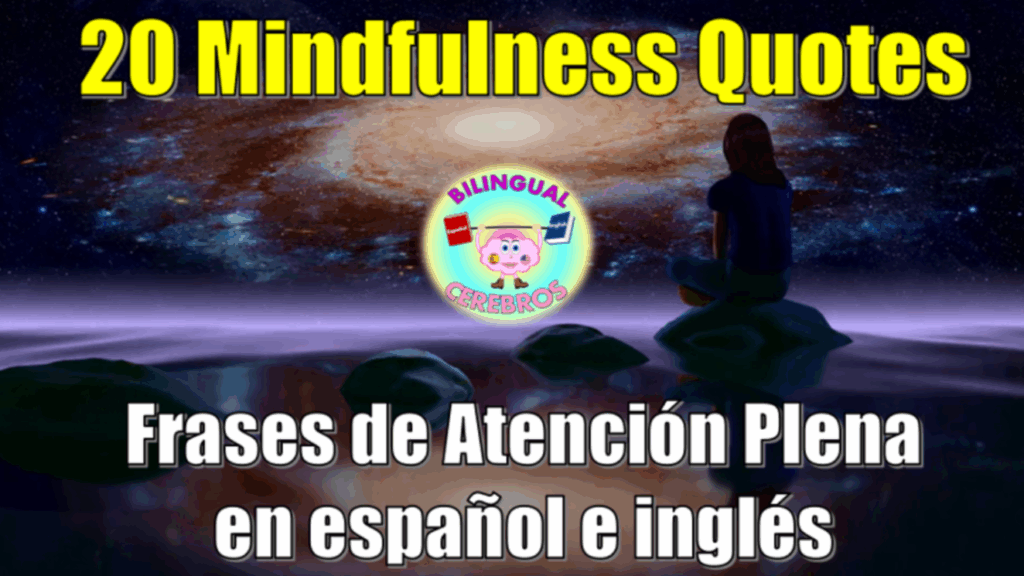
In this video, you’ll hear 20 mindfulness quotes _ each in Spanish and English_ designed to calm your mind and nourish your spirit. Listening to these bilingual reflections not only brings peace and presence to your day, but also helps you reinforce your language skills naturally. As you absorb the meaning of both languages, you’re training your brain to connect deeply with the words _ emotionally and linguistically. Take a breath, be present, and let each phrase guide you toward clarity, calm and connection.
Here is the YouTube playlist where you can find all resources on Mindfulness.

MindfulLearning #LanguageEducation #MindfulnessInTheClassroom
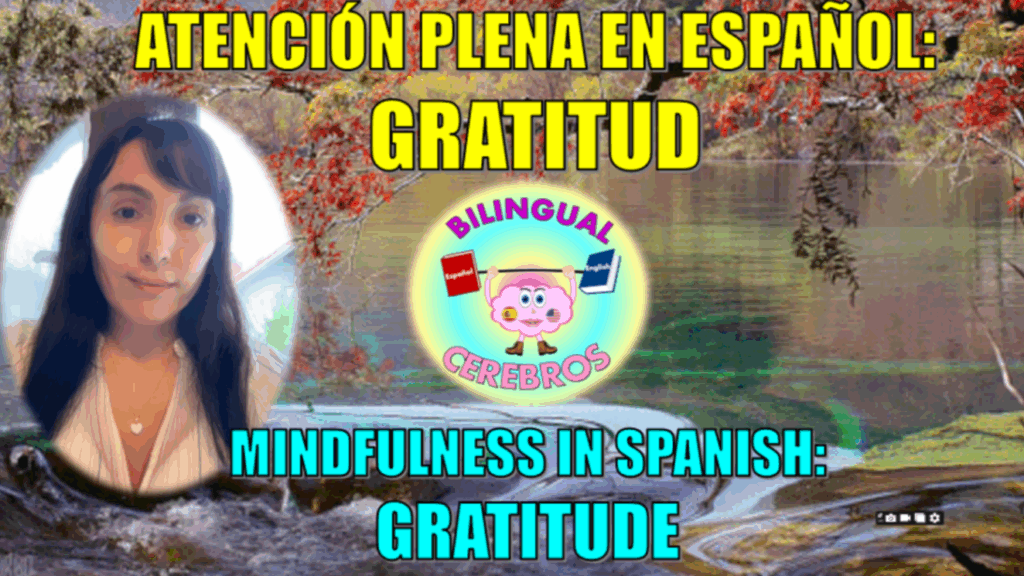
Atención plena en el aprendizaje de idiomas: un pequeño cambio con gran impacto
A menudo pensamos en las clases de idiomas como listas de vocabulario y ejercicios gramaticales. Pero ¿qué pasaría si también dejáramos espacio para la calma y la presencia? Incluir la atención plena en la enseñanza de lenguas puede cambiar por completo la experiencia de aprender.
Los estudiantes que practican mindfulness se sienten más tranquilos, enfocados y seguros. Como docentes, ganamos paciencia y claridad emocional, lo que nos ayuda a crear entornos de aprendizaje mas propicios para aprender. ¿Y las familias? Ellas también se benefician: los niños conscientes suelen traer a casa herramientas que fomentan una comunicación más tranquila y significativa.
No se necesita mucho: unos minutos de respiración consciente, una pausa para reflexionar o un pequeño momento de silencio. Pero sus efectos pueden extenderse mucho más allá del aula, enriqueciendo cómo aprendemos y cómo nos relacionamos.
Para apoyar a estudiantes, docentes y familias, he creado un banco de recursos de Atención Plena en mi cana. Encontrarás 32 videos que puedes usar en tus clases o en cualquier momento del día. Y poco a poco voy a subir más contenido a esa sección. Las últimas incorporaciones incluyen citas bilingües de mindfulness y citas bilingües de Rumi. Si deseas recibir las versiones en PowerPoint para usar en tus clases, puedes escribirme a bilingualcerebros@gmail.com y con gusto las compartiré contigo.

En este vídeo escucharás 20 frases de Atención Plena _ cada una en español e inglés_ diseñadas para calmar tu mente y nutrir tu espíritu. Escuchar estas reflexiones bilingües no solo aporta paz y presencia a tu día, sino que también te ayuda a reforzar tus habilidades lingüísticas de forma natural. A medida que absorbes el significado de ambos idiomas, estás entrenando tu mente para conectar profundamente con las palabras _ emocional y lingüísticamente. Respira, está presente y permite que cada frase te guíe hacia la claridad, la calma y la conexión.
Este es el enlace a las listas de reproducción de esta sección del canal donde puedes encontrar más recursos de Atención Plena.
AprendizajeConsciente #EducaciónLingüística #MindfulnessEnElAula
Te invito también a que me sigas en mis redes sociales / I invite you to follow me in
my social media:
♡ Website: www.bilingualcerebros.com
♡ YouTube: https://www.youtube.com/@bilingualcerebros
♡ instagram: https://www.instagram.com/languages_sra_martinez/
♡ tiktok: https://www.tiktok.com/@bilingualcerebros
♡ facebook: https://www.facebook.com/LanguagesResourcesSraMartinez
♡ twitter: https://twitter.com/LanguagesSra
♡ linkedin: https://www.linkedin.com/in/maria-martinez-5bb94a1a5/
